Tropaeum
A tropaeum was a trophy erected on the battlefield whereby the weapons, shields and helmets and spoils of a defeated enemy were put on display. If a battle was indecisive both parties erected trophies. In case of a naval victory the tropaeum was placed on the nearest land and besides weapons and arms it would also contained the bows or beaks of defeated ships or even whole ships. The custom of erecting trophies on the battlefield wasn't a Roman one but they adopted the Greek custom. The Greeks hung the weapons and armor of a defeated enemy on a tree when there was no suitable tree they used the trunk of a tree, which was fixed on an elevation and then consecrated to some deity and inscribed with the names of the victors and of the defeated plus some highlights from the battle or war. A tropaeum was considered sacred and inviolable and not even the enemy could remove it. But because hostilities between two parties shouldn't last forever a tropaeum should only be made of wood (erecting tropaeums made of stone and metal was forbidden by law). It should not be repaired when it started to deteriorate and rot away, so eventually the defeat or hostilities could be forgotten. Ofcourse this wasn't always adhered to, enemies would remove tropaeums especially when they thought the victory wasn't really a deserved one.
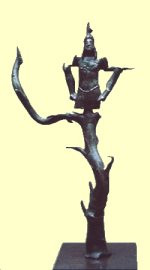
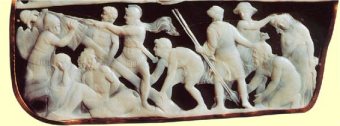
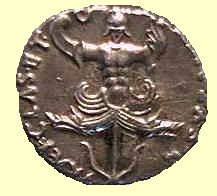
In the early days the Romans didn't erect these trophies because they would hinder the reconciliation with their conquered foes. It was much more common to take the spoils of victory home and to use them to decorate public buildings and houses and to erect some form of monument in Rome, the most common being the triumphal arch and the column many of which survive to the present day. The first trophy after Greek model was erected by Domitius Aheaobarbus and Fabius Maximns in 121 BC after their conquest of the Allobroges. It was built at the junction of the Rhone and the Isara it consisted of towers of white stone, upon which the tropaeum was placed adorned with the spoils of the enemy. Most later Roman tropaeums were put on stone bases and weren't necessarily made of wood so these were much more permanent reminders. A tropaeum made of stone which is restored with many original pieces remaining is the so called Tropaeum Traiani constructed in 107 or 108 AD and dedicated to Mars Ultor it commemorates one of Trajan's victories in Dacia (more information can be found here).
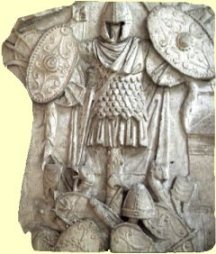
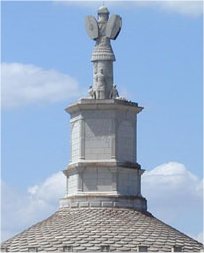
On Roman coins the tropaeum
is usually depicted flanked or being erected by victory or with the Emperor
or Caesar next to it (a powerful symbol to promote his victories). It is also
quite common to show the enemy or the personification of the defeated enemy
mourning at the feet of the tropaeum.
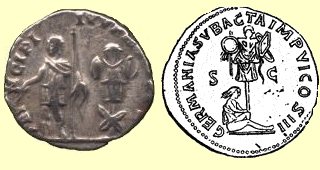
For this biography I've used the texts from the following websites:
http://www.ancientlibrary.com/smith-dgra/1175.html
http://encyclopedia.jrank.org/TOO_TUM/TROPHY_Gr_Tpo7rauov_from_TpE7r.html